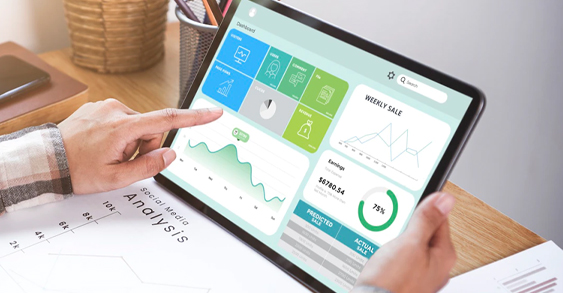Google Outage Leaves Internet Users Stumped
Did your Google services stop working, and refused to work even after you cleaned up you cache, rebooted your PC, checked your wiring, and even called your Internet Service Provider to find out if everything was alright with them? Well, it wasn’t you – this one time, it really was Google.
On Monday, the 14th of December,2020, most of Google’s services – including Google Classroom, Google Docs, Gmail, YouTube, and even Google assistant had rendered unresponsive to users, sending them a ‘503’ or a ‘502’ error instead. Both these numbers related to server failures – while 502 is a bad gateway error that indicated discrepancies between the origin and edge servers, 503 means that the server was unable to handle the request. Such messages were displayed on both of Google’s personal and business versions of its services.

The sudden “disappearance” of Google’s services, which is said to power of 97% of internet users daily activities caused mass panic among people. Popular social media platforms, especially Twitter ran amok with frantic users discussing on why they couldn’t access even the most basic of Google services. Many of these users also reported problems with other services that relied on Google. This included smart gadgets such as Nest Hub, and third-party apps such as Pokemon Go.
Notably, despite the outage, Google core search engine continued to run without a glitch, as did the third-party advertisements. Furthermore, many users reported to having their Google services work if they used them on a desktop browser in incognito mode. If anything, this only added to the confusion.
It didn’t take long for Google to jump into the action, though. The tech giant did not hesitate to acknowledge the issues with its services, and within an hour of this had all of its issues resolved. Once the services were back to normal, Google added special notices on each of its services that had stopped working – in order to assure users that everything was indeed back to normal.
According to Google Cloud Services, the outage happened because of an error in their identity management process. Apparently, a glitch in their automated quota management system had considerably reduced Google servers’ ability to verify users’ identities, thus causing them to display the 503 error. The problem indeed intensified to a state where all of Google’s services had gone down.
Effects of the outage were felt worldwide. Top software status monitoring platform DownDetector showed that the issue hit users in most (if not all) countries in the world. Reports were seen everywhere – including (but not limited to) Australia, Japan, India, United Kingdom, the Netherlands, France, Argentina, and of course, the United States, which was by far the worst hit of them all.









